Water quality
 Waterwatch volunteers do water quality testing once per month, monitoring seven parameters in the water: temperature, dissolved oxygen, electrical conductivity, pH, nitrates, phosphates and turbidity.
Waterwatch volunteers do water quality testing once per month, monitoring seven parameters in the water: temperature, dissolved oxygen, electrical conductivity, pH, nitrates, phosphates and turbidity.
Why Monitor Water Quality?
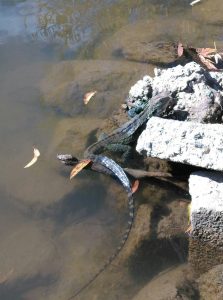 Healthy catchments produce healthy ecosystems with happy fish, frogs, birds, plants, macro-invertebrates and people. Waterwatch aims to create awareness of water quality and catchment management issues by involving all members of the community and by forming partnerships with water and resource management authorities, business and industry.
Healthy catchments produce healthy ecosystems with happy fish, frogs, birds, plants, macro-invertebrates and people. Waterwatch aims to create awareness of water quality and catchment management issues by involving all members of the community and by forming partnerships with water and resource management authorities, business and industry.
Waterbug surveys


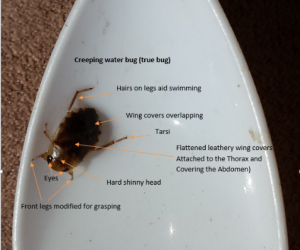
Waterbugs (macroinvertebrates) are an important component of our waterways and serve as food for platypus, turtles, water rats and fish. They can also be used to assess the water quality as there are species sensitive and tolerant to pollution.
Waterbug surveys happen twice per year (Spring and Autumn). They are conducted by the local Waterwatch coordinator and volunteers are welcome to join us.
Rapid Appraisal of Riparian Condition (RARC) surveys
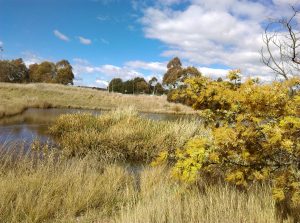 The riparian vegetation is important to protect our rivers and wetlands from erosion and for sediment retention. The riparian vegetation assessments (RARC) are part of our parameters to monitor water quality. They happen every two years on each site, they are conducted by the local Waterwatch coordinator and volunteers are welcome to join us.
The riparian vegetation is important to protect our rivers and wetlands from erosion and for sediment retention. The riparian vegetation assessments (RARC) are part of our parameters to monitor water quality. They happen every two years on each site, they are conducted by the local Waterwatch coordinator and volunteers are welcome to join us.
CHIP report
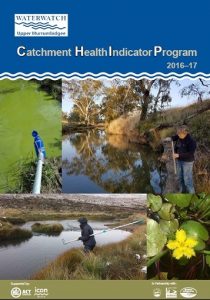 Catchment Health Indication Program (CHIP) is our annual report. Thanks to the immense effort our dedicated volunteers in collecting data, we write this important document to show how the water quality throughout the Upper Murrumbidgee region is. The health of our waterways are rated based on water quality testing, waterbugs surveys and riparian vegetation assessments. Here is a link to the reports: http://www.act.waterwatch.org.au/chip.html
Catchment Health Indication Program (CHIP) is our annual report. Thanks to the immense effort our dedicated volunteers in collecting data, we write this important document to show how the water quality throughout the Upper Murrumbidgee region is. The health of our waterways are rated based on water quality testing, waterbugs surveys and riparian vegetation assessments. Here is a link to the reports: http://www.act.waterwatch.org.au/chip.html
Platypus, water rats and turtles
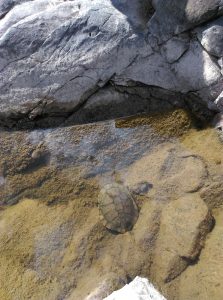 Every August is “Platypus month” and Waterwatch organizes surveys throughout the ACT where volunteers help to spot platypus and water rats. If you do see platypus and water rats in our waterways during any time of the year, you can send us the details to waterwatch@act.gov.au or add your sighting to Canberra Nature Map: https://canberra.naturemapr.org/
Every August is “Platypus month” and Waterwatch organizes surveys throughout the ACT where volunteers help to spot platypus and water rats. If you do see platypus and water rats in our waterways during any time of the year, you can send us the details to waterwatch@act.gov.au or add your sighting to Canberra Nature Map: https://canberra.naturemapr.org/
Freshwater turtles are also part of our waterways and some species (the eastern long-necked turtle) tend to move on land during Spring and Summer. If you see a turtle in our wetlands or creeks, or moving on land, you can add your sighting to TurtleSat: https://turtlesat.org.au/turtlesat/default.aspx
